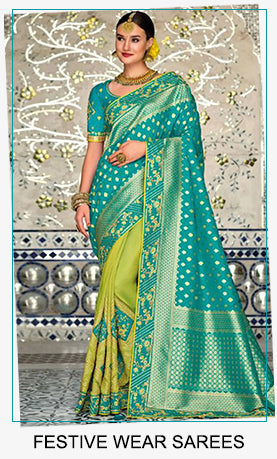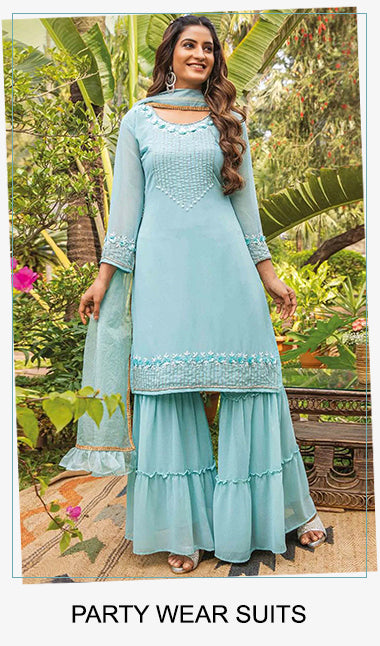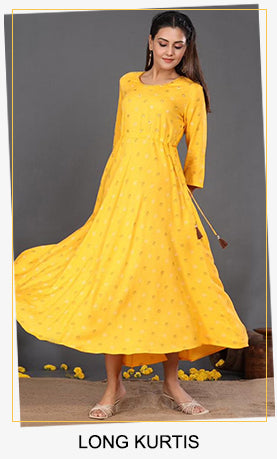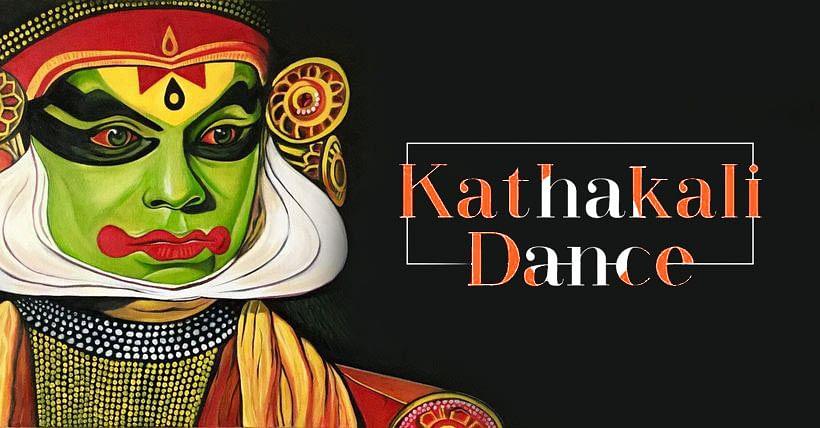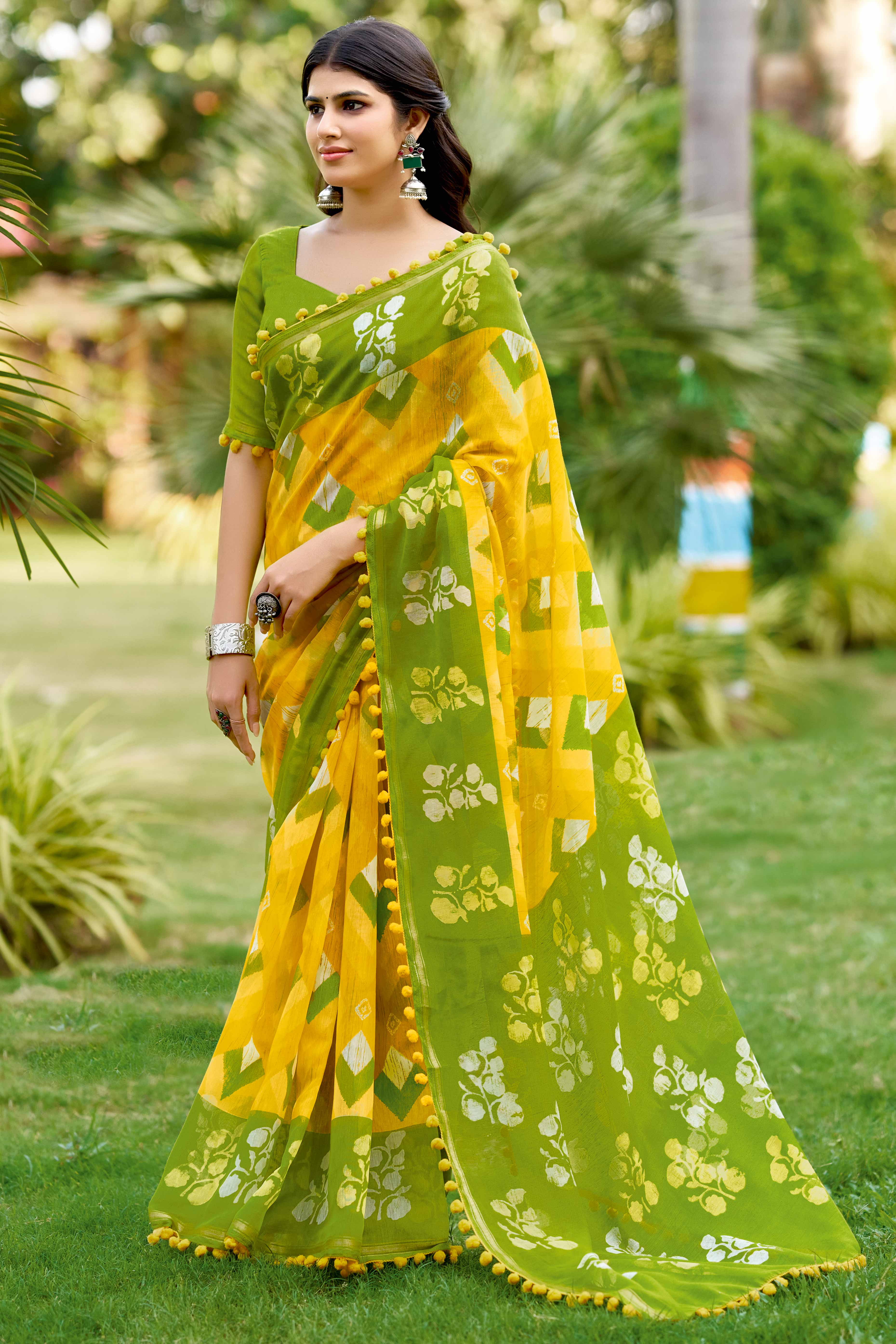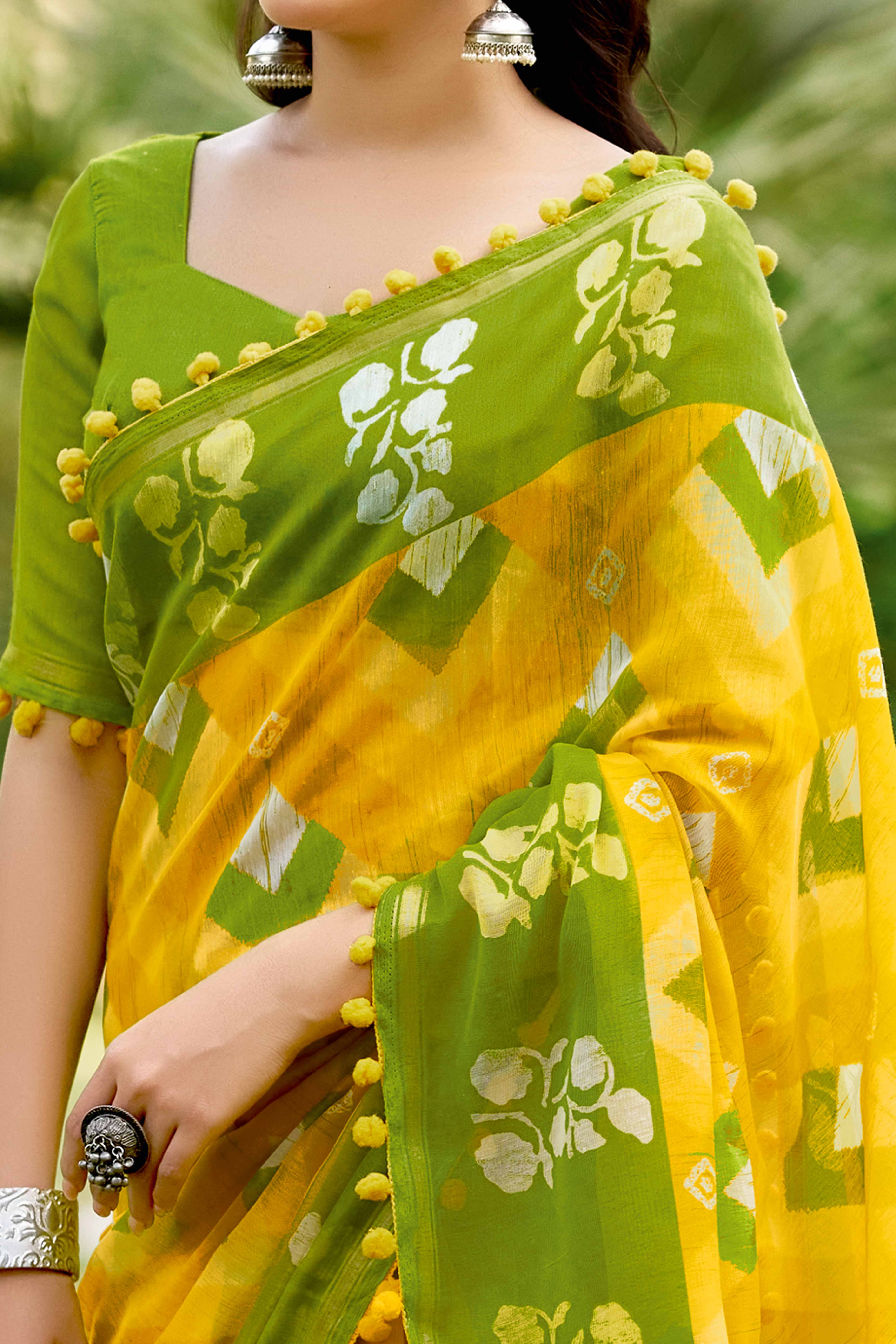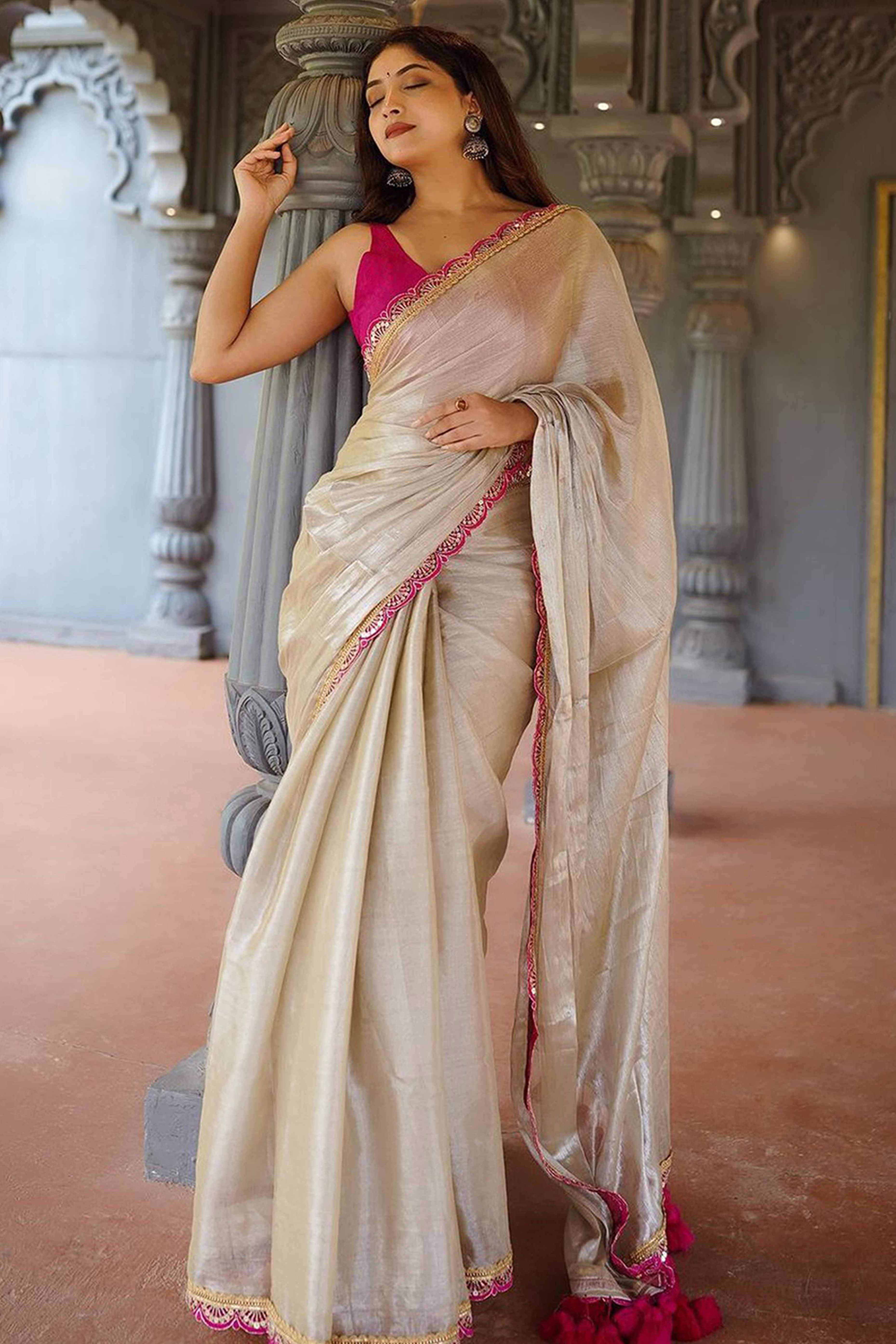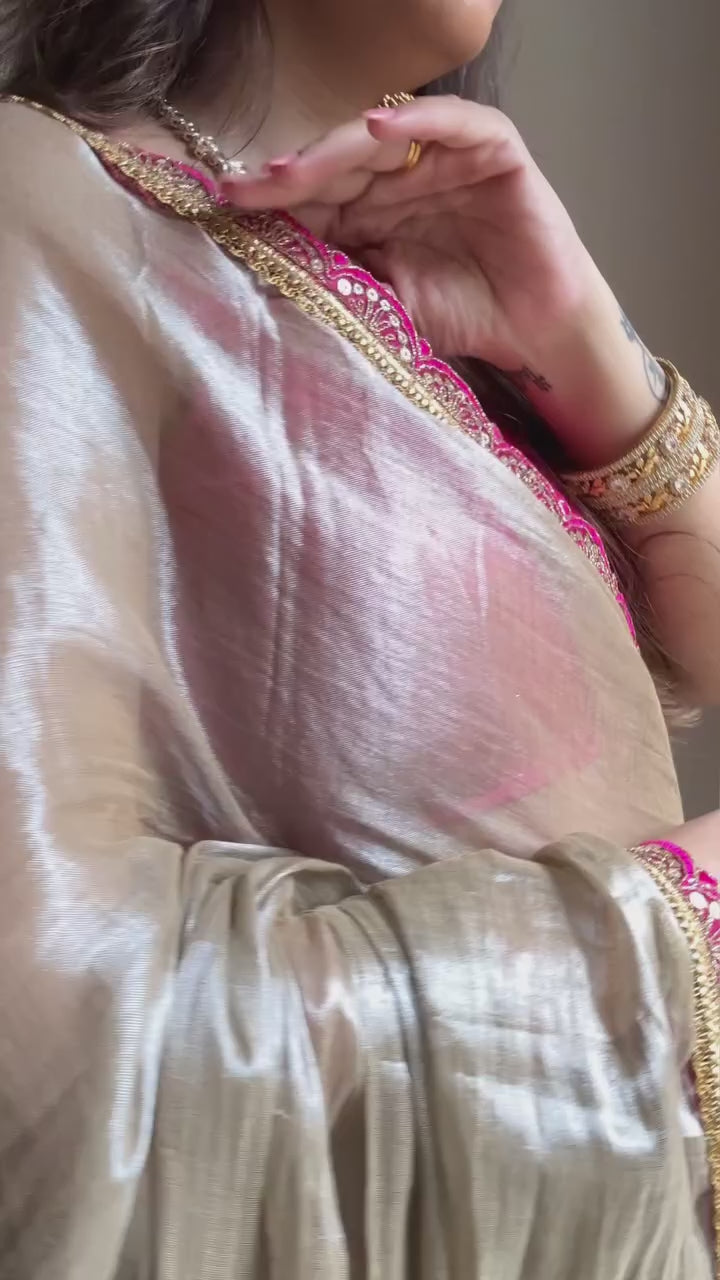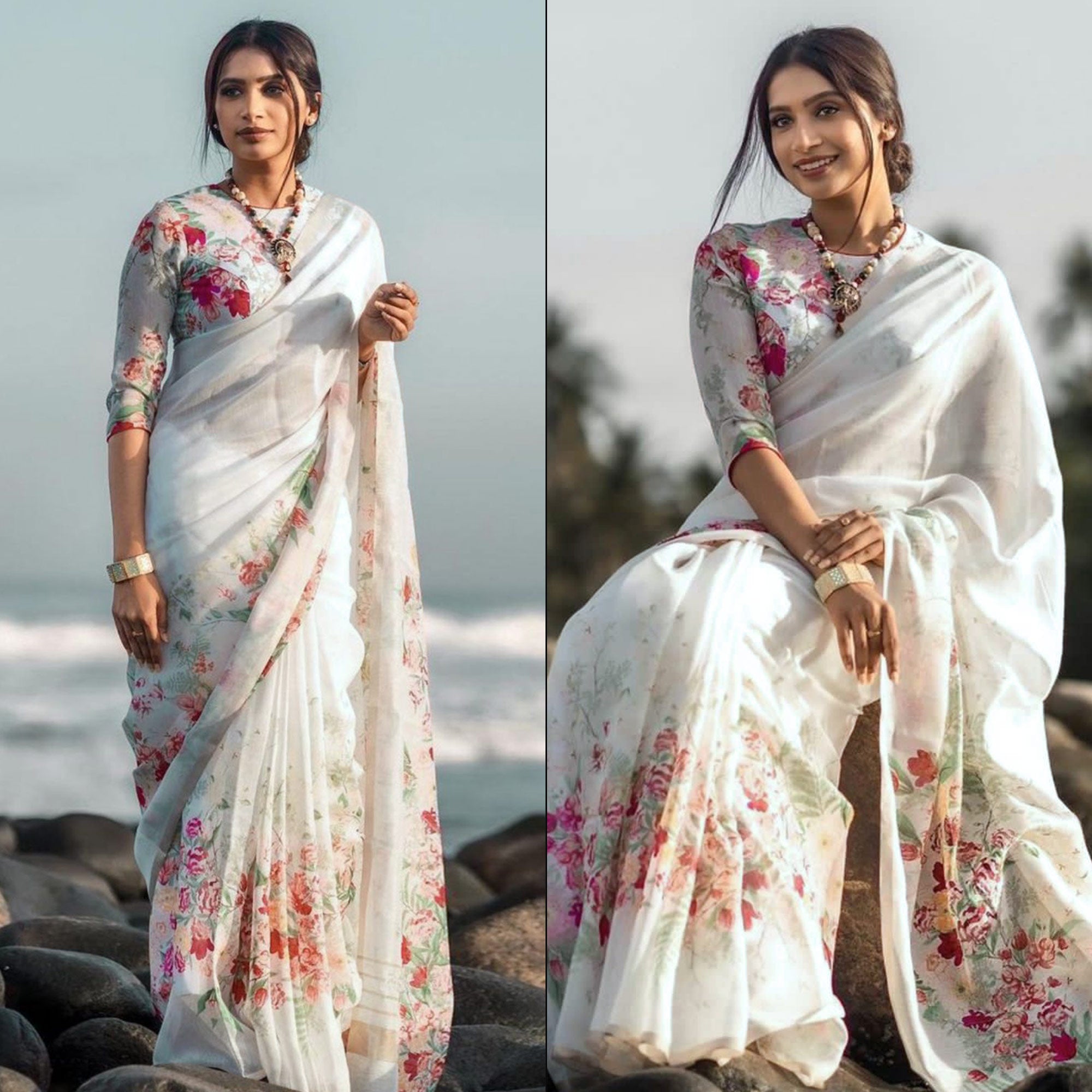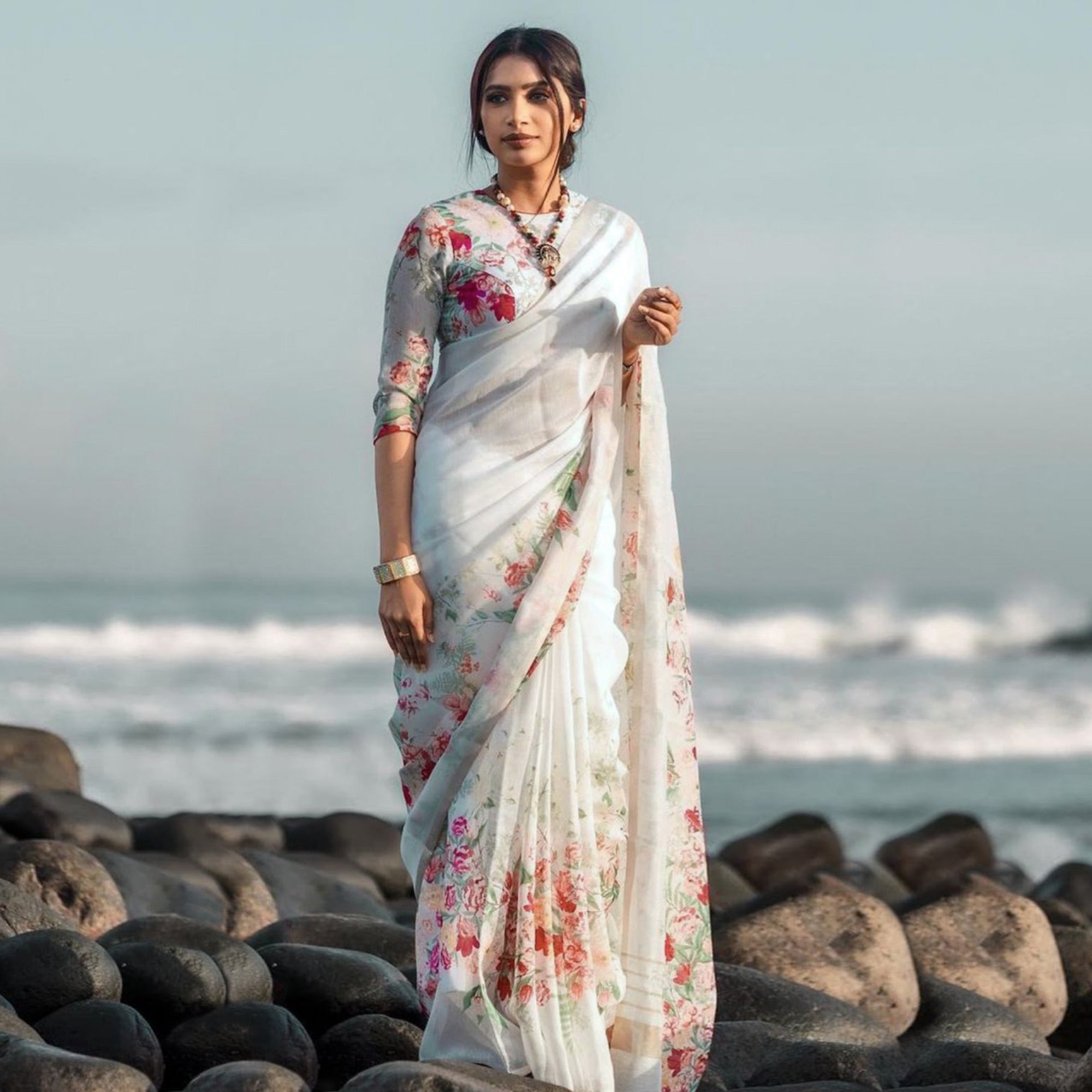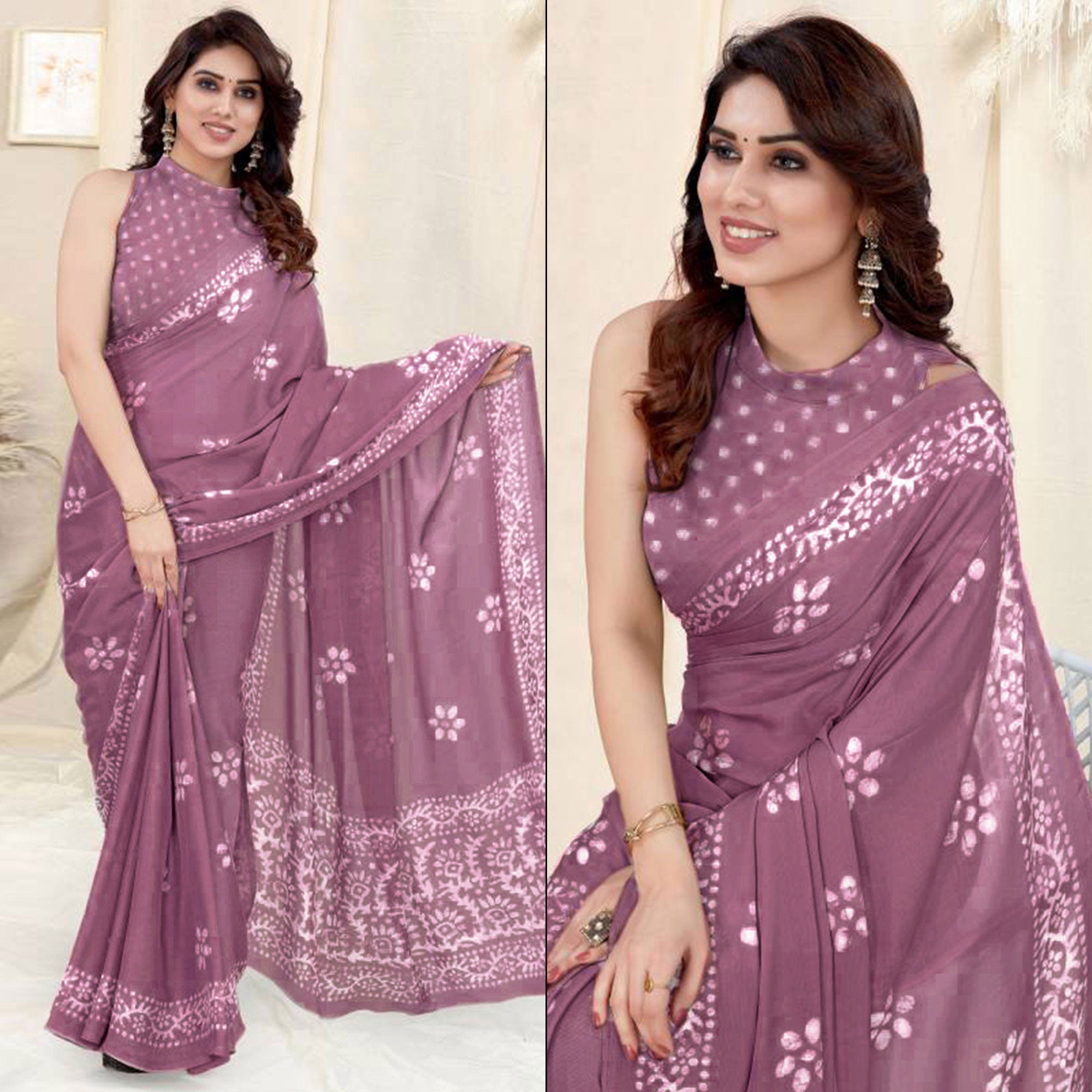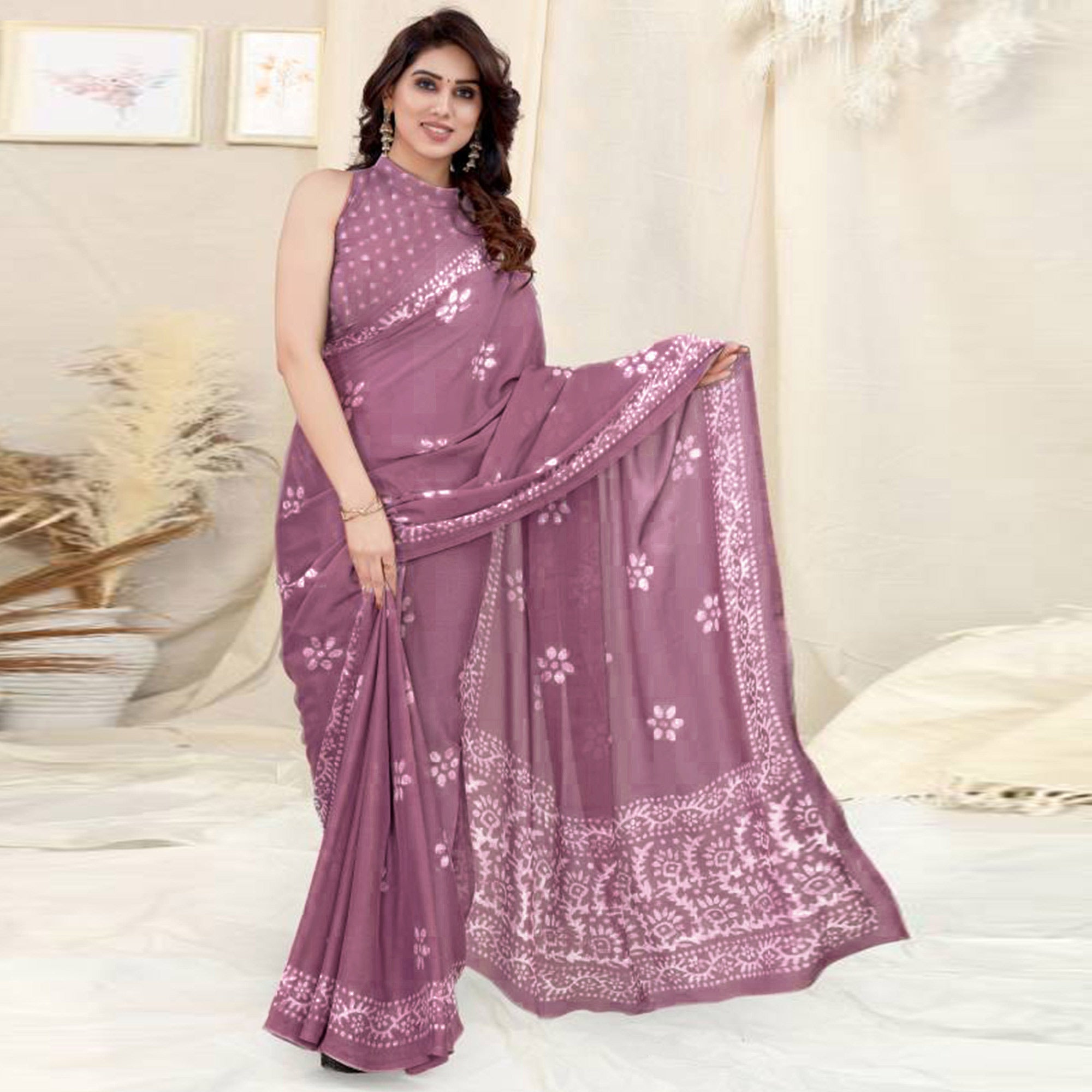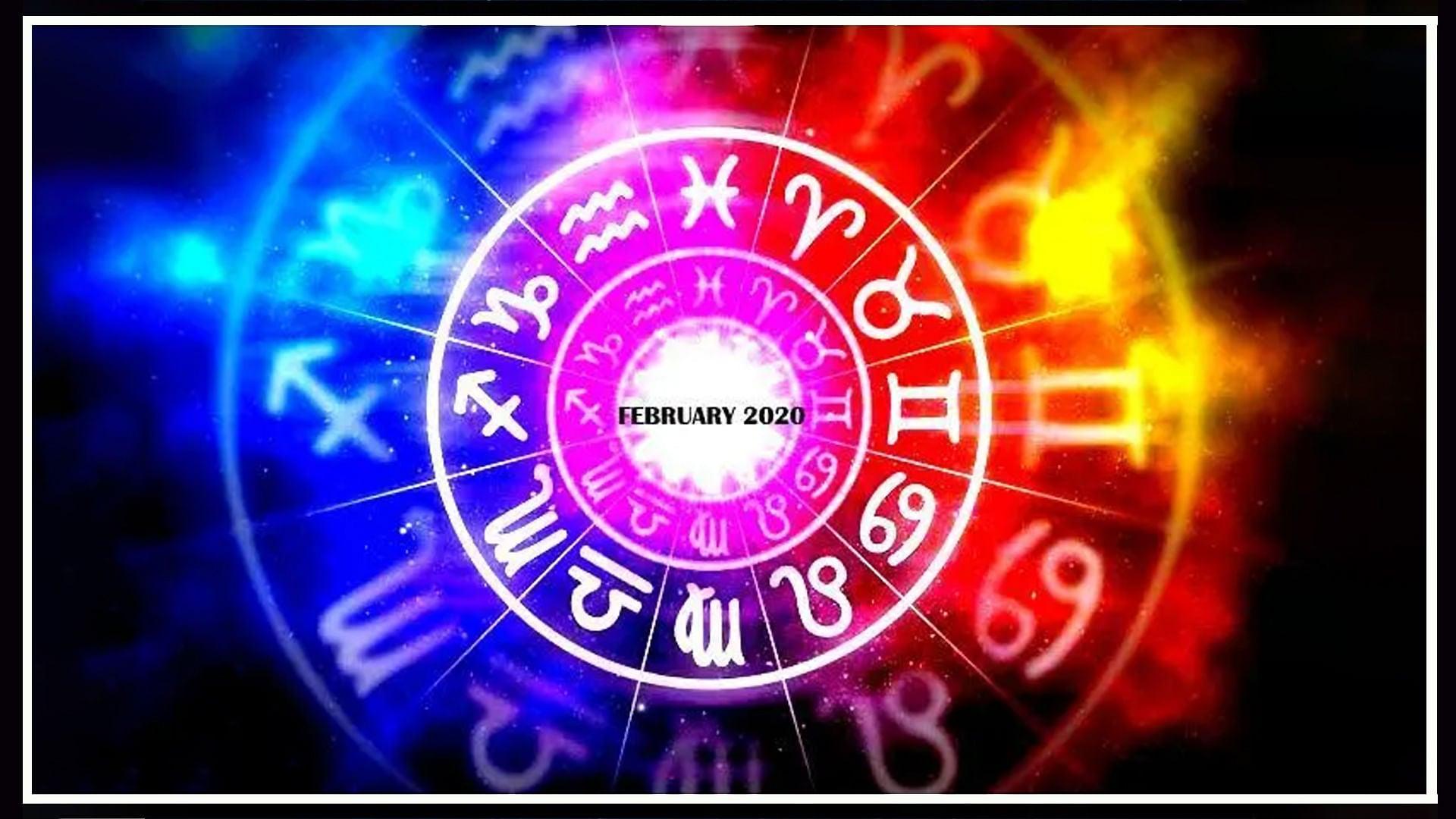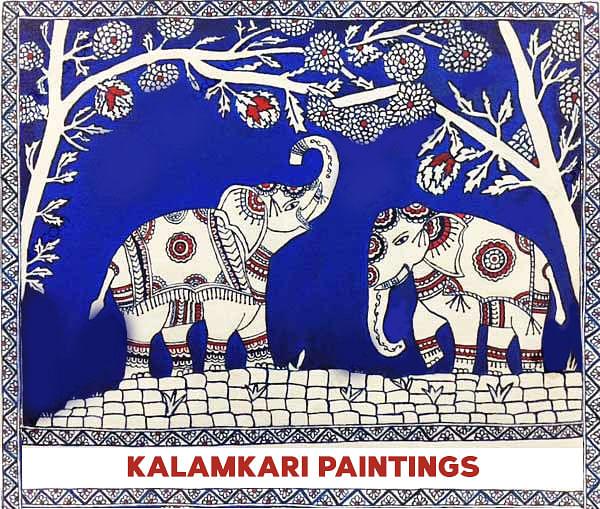Kathakali is a popular dance form of Kerala. Stemming from ancient social, cultural and religious backdrops of the ancient southern India, Kathakali is strongly inspired from Ramayan and Mahabharat and the Shaiva literature.
Traditionally, kathakali was performed exclusively by men and young boys who played the parts of both males and females. The dancers are dedicated to its practice throughout their lives.
Legends Behind The Dance Form
The origins of Kathakali stretch back to the late 16th century and early 17th century of ancient India. A lot of the facial expressions and components of this dance form are taken after the Natya Shastra, a Sanskrit text compiled by the renowned sage Bahart Muni.
Traditionally the name of this dance form was deduced by joining two Sanskrit words, ‘Katha’ and ‘Kali’ where ‘Katha’ means a traditional tale or story and ‘Kali’ is derived from ‘Kala’ which pertains to art and performance.

However, there is some ambiguity as to when exactly did this dance form actually originate. While some historians believe that this dance form is only 500 years old, many beg to differ. According to them, this dance is anywhere between 1500 and 1600 years old.
The Dance

The themes of ‘Kathakali’ are primarily based on religious sagas, legends, mythologies, folklores and spiritual concepts taken from the ‘Puranas’ and the Hindu epics. Apart from such themes, the modern day ‘Kathalaki’ troupes of India have largely adapted themes based on legends on Christianity as also Western plays and stories of renowned authors like William Shakespeare. Another evolution of present day ‘Kathakali’ is inclusion of women in the troupe which traditionally had been an all-men ensemble. The voice part as per tradition continues to be Sanskritised Malayalam.
Kathakali is a blend of dance, music and acting and dramatizes stories, which are mostly adapted from the Indian epics. It is a stylised art form, the four aspects of abhinaya - angika, aharya,vachika, satvika and the nritta, nritya and natya aspects are combined perfectly. The dancer expresses himself through codified hastamudras and facial expressions, closely following the verses(padams) that are sung. Kathakali derives its textual sanction from Balarama Bharatam andHastalakshana Deepika.
Recommended Read: Must Have Sarees
Kathakali Components
Make-up
The Kathakali dance is essentially about expressions and the costume and the make- up beautify the whole look. The make-up especially is distinctive to this dance and is often the point of identification for it.
‘Kathakali’ incorporates the most detailed and unique make-up code, costume, face masks, head dress and brightly painted faces among all Indian classical dance forms.
The Kathakali make up is precisely of the following types-
- Pacha (Green)
Pacha Vesham or the green make-up portrays noble protagonists.
- Kathi (Knife)
Kathi Vesham portrays villainous characters.
- Thadi (Beard)
There are three types of beards or Thadi Veshams. VellaThadi or white beard is for superhuman monkeys like Hanuman. ChuvannaThadi or red beard is meant for evil characters. KaruthaThadi or black beard is for the hunter.
- Kari (Black)
Kari Vesham is used for she-demons.
- Minukku (Prettying Up)
The "Minukku Vesham" is used for female characters and sages.
The costume consists of a full skirt (Nuri), a heavy jacket, numerous garlands and necklaces, and a towering headdress (Kirikidam).
Characteristics
Mudras
A Kathakali story is told through sign language - Mudras. The Mudras used in Kathakali are technically the same as those used in Koodiyattam and Krishanattam abounding in alphabet, grammar and sentence structure and are considered to be the language of the Gods.
There are 24 basic Mudras used in Kathakali– Asamyutha Mudras [using one hand] and Samyuth Mudras [using both hands]. With various permutations of the basic Mudras, over 700 words are available to the actor to tell a story.
Just as letters of the alphabet become words when put together, these primary hand shapes only develop into an actual language when put into context, with appropriate facial expression, hand, arm and body movements.

Expressions
In Kathakali the eyes and face are the most essential and the most difficult skill for an actor to acquire and ace. The facial expressions are called Satvika Abhinayam and require years of intense training to enable the actor to express their "inner performer".

The Navarasas are the nine emotions - Bhavas - used by the actor to express feelings;
1 - Sringaram - Love
2 - Hasyam - Big headed
3 - Karunam - Sad
4 - Veeram - Proud
5 - Raudram - Anger
6 - Bhayanakam - Fear
7 - Beeblsam - Disgust
8 - Atbhutum - Wonder
9 - Sandham - Peace.
Singers
The Kathakali singers play a vital role in the dance performance. All the vocals mimed by the dancers on the stage that set the mesmerising atmosphere are sung by them brilliantly. They narrate the various tales beautifully.

Their form of singing is known as Vachika Abinayam. The musicians stand at the back of the stage. One singer hits a brass Chengalawith a wooden stick, the other uses a set of Elatalam to keep the taal.
Drums
There are three drums used in Kathakali, The Madalam, played with both hands, the Chenda - played with sticks and hands, the Edekka also played with the hands and a stick.
Kathakali Training
The training for Kathakali Troupe takes years of hard work and dedication. Each section has an Ashan - Guru - who will guide their student throughout their life. The aim is to achieve perfection then work in harmony as a team of specialist artists to create Kathakali.
The training techniques are based on the ancient exercises of the military called Kalari Pyattu laid down in the Natyasastra. Kalari Pyattu remains the basis of the Kathakali training to this day.
The actor must be supple, strong and able to withstand hours of rigorous performance. This can only be achieved by years of hard physical, mental and spiritual work.
The whole body has to be trained to portray the great characters from the Hindu epics.

